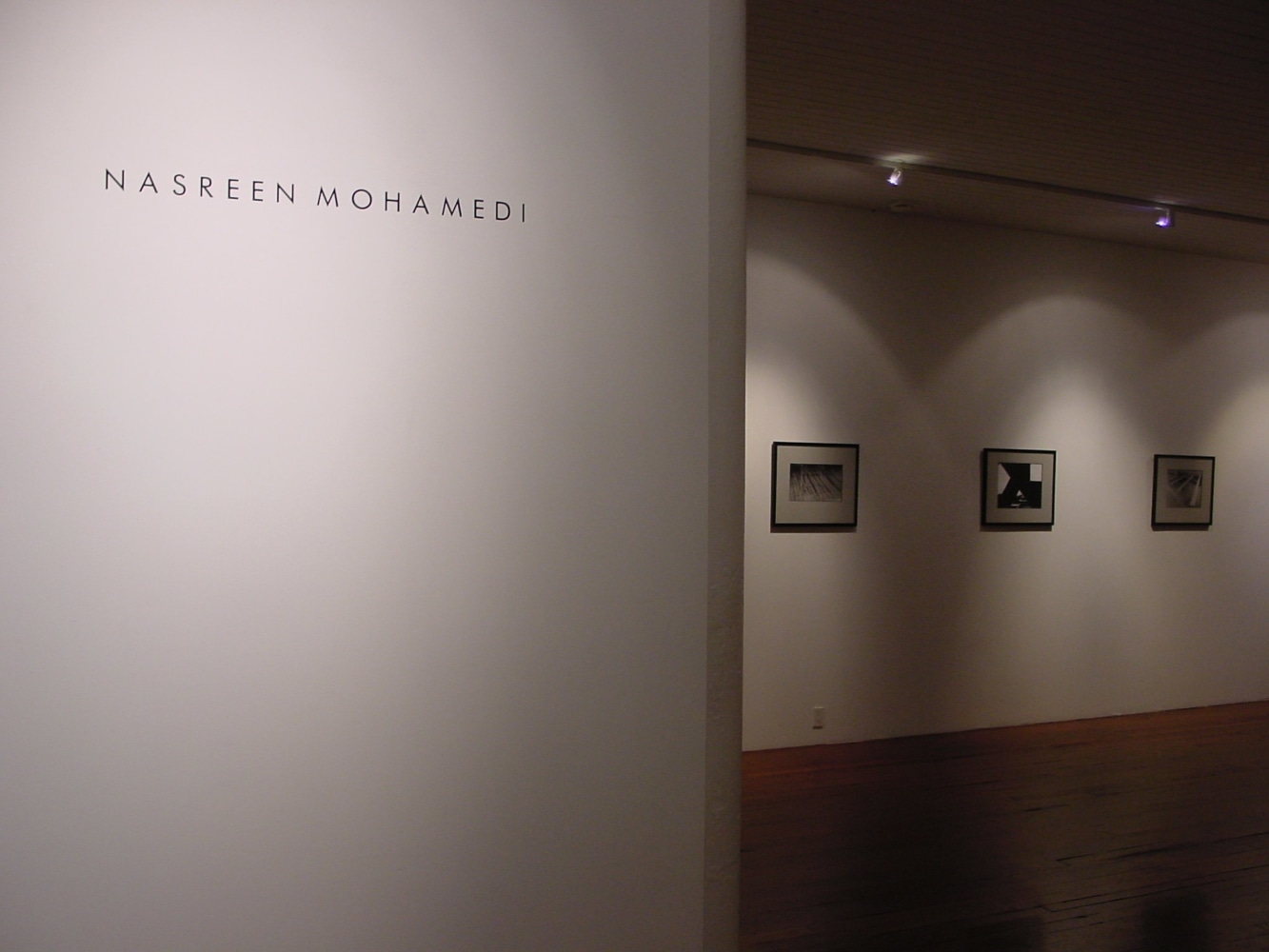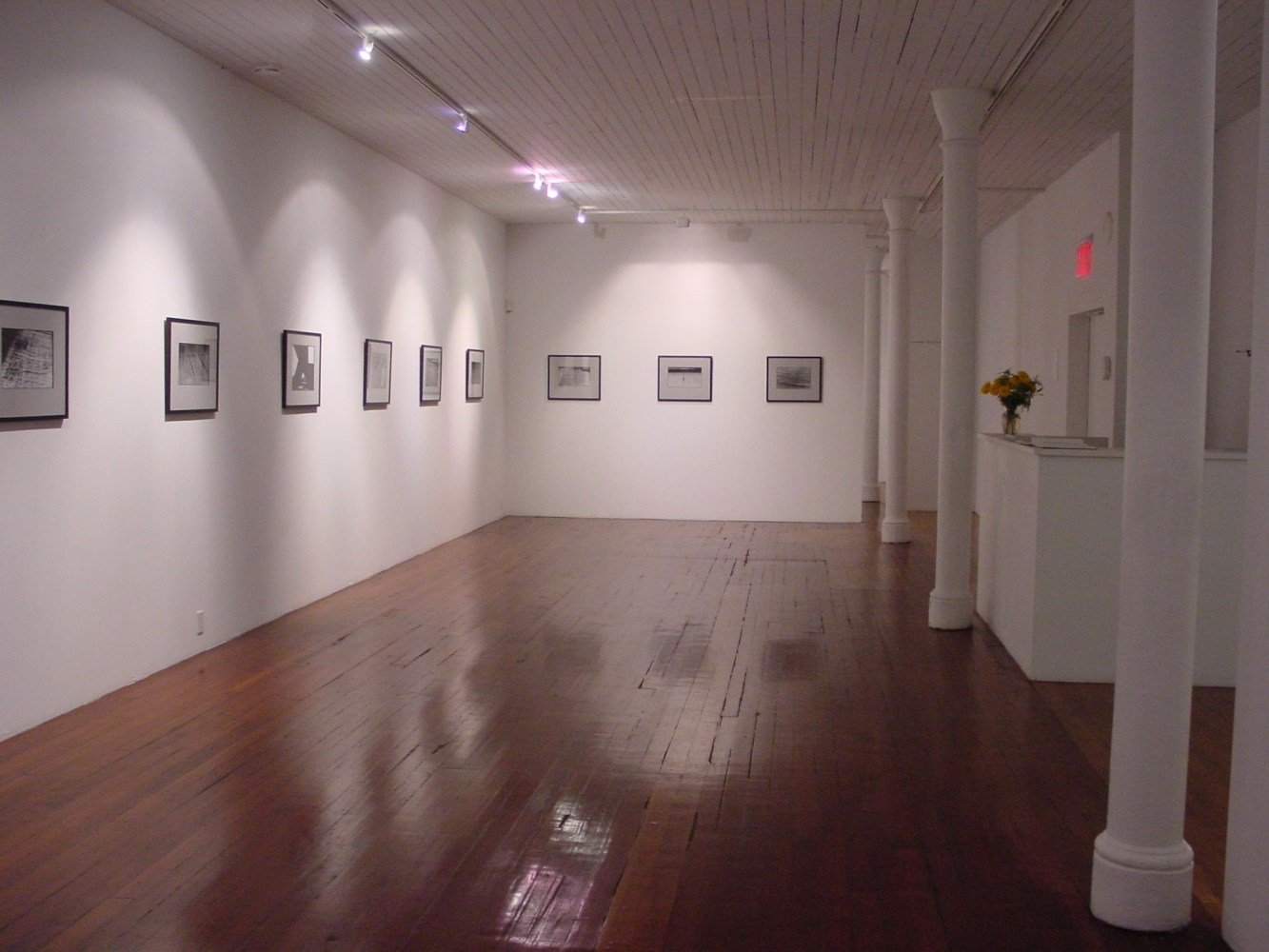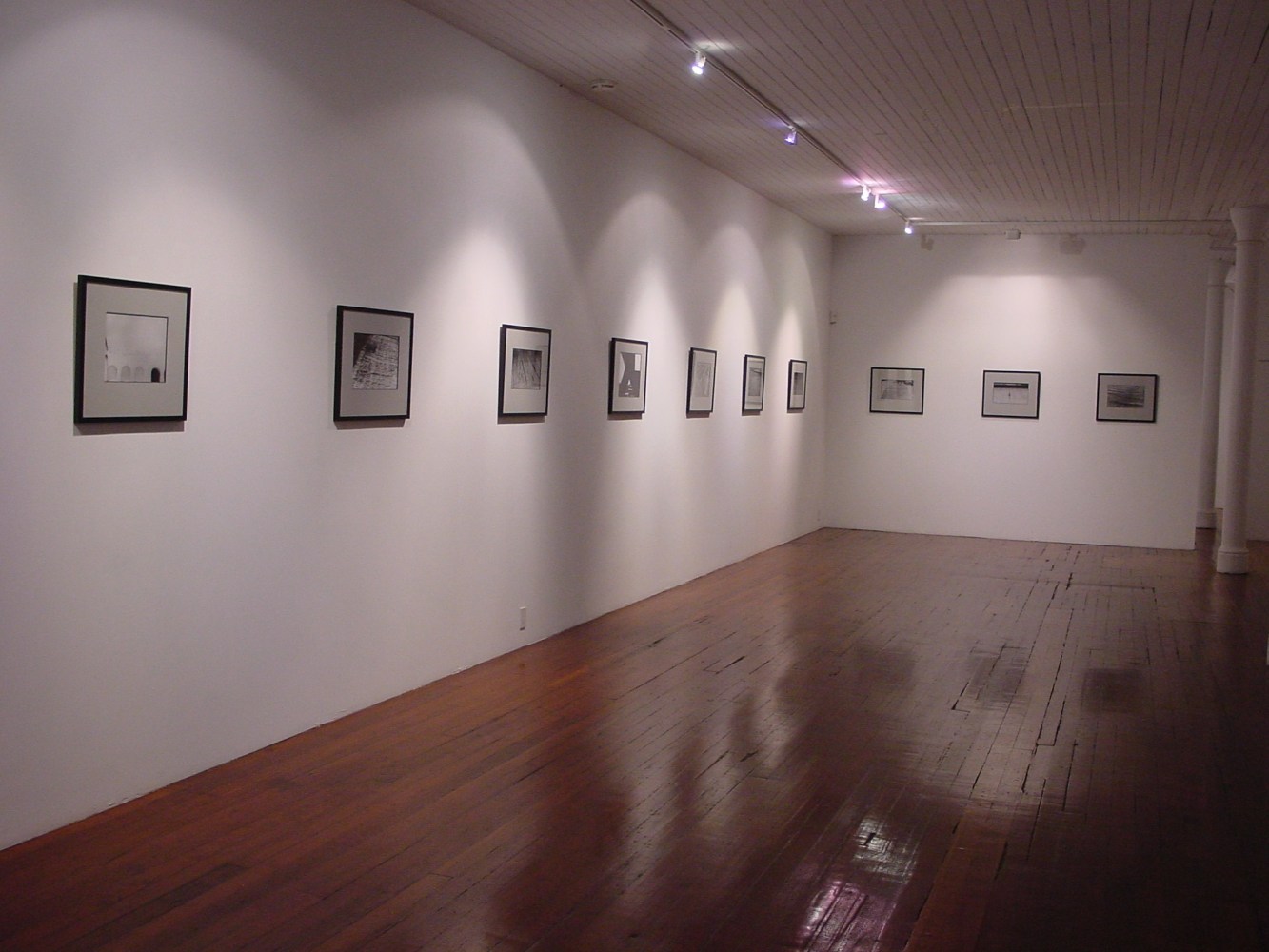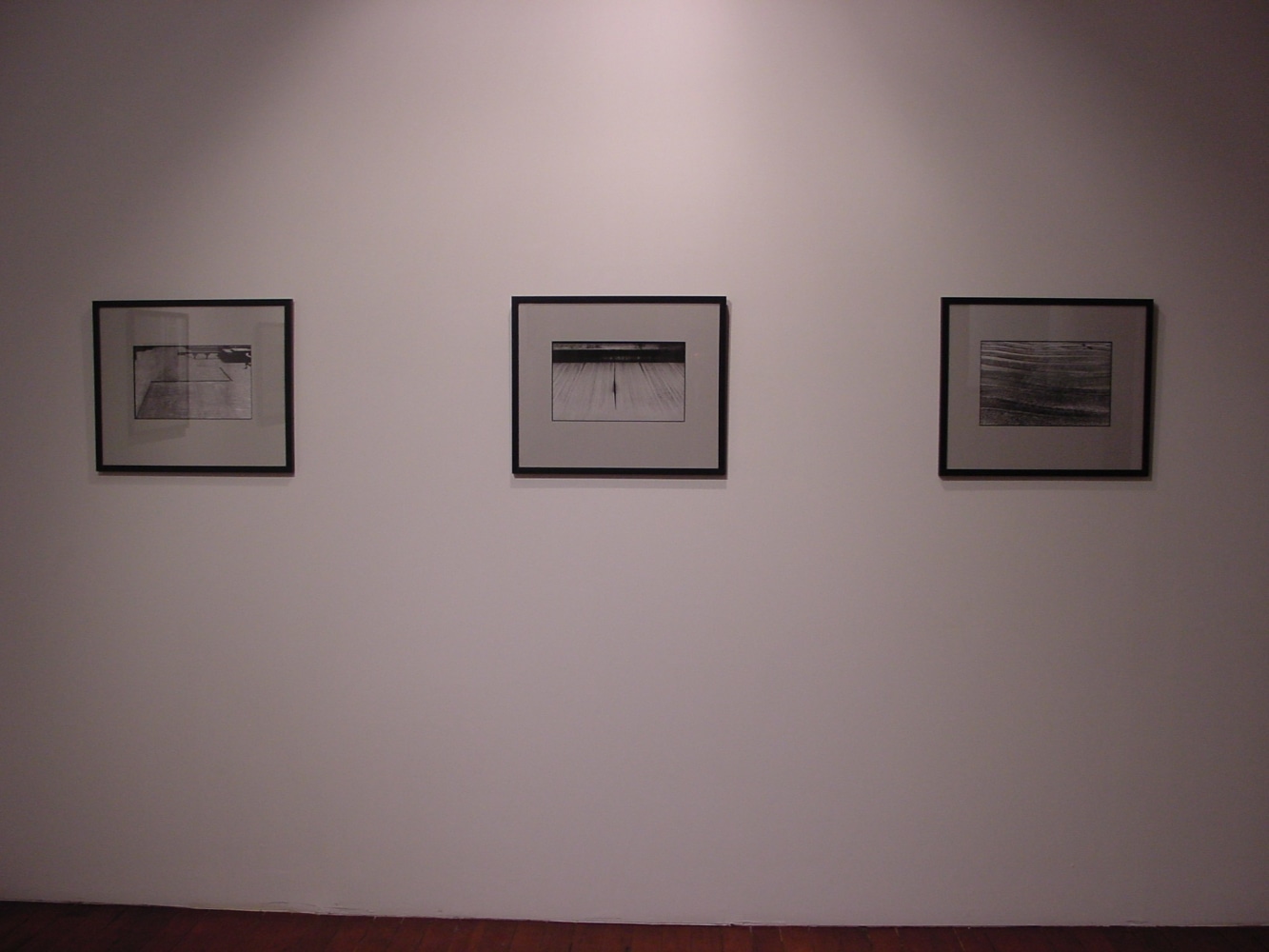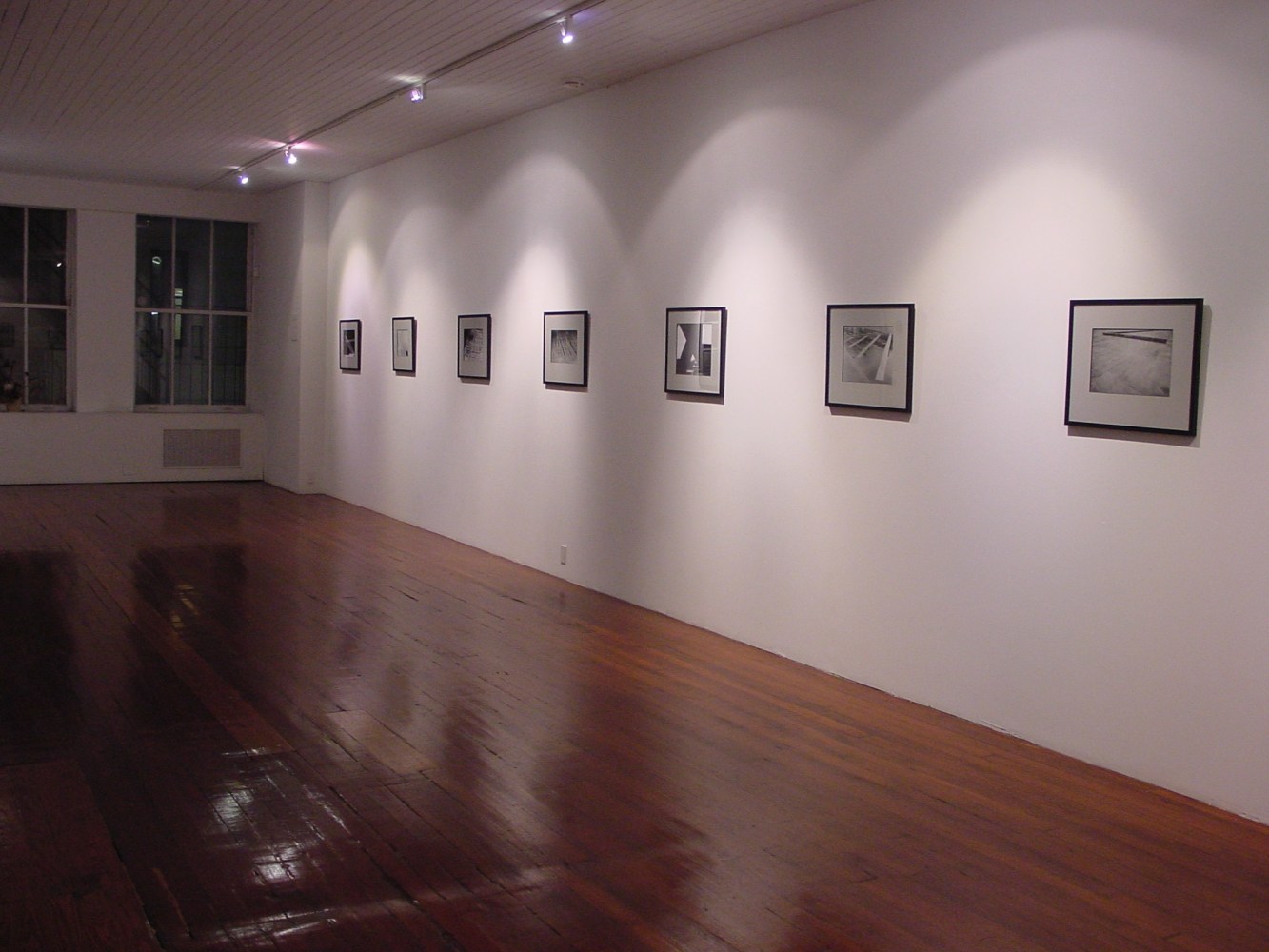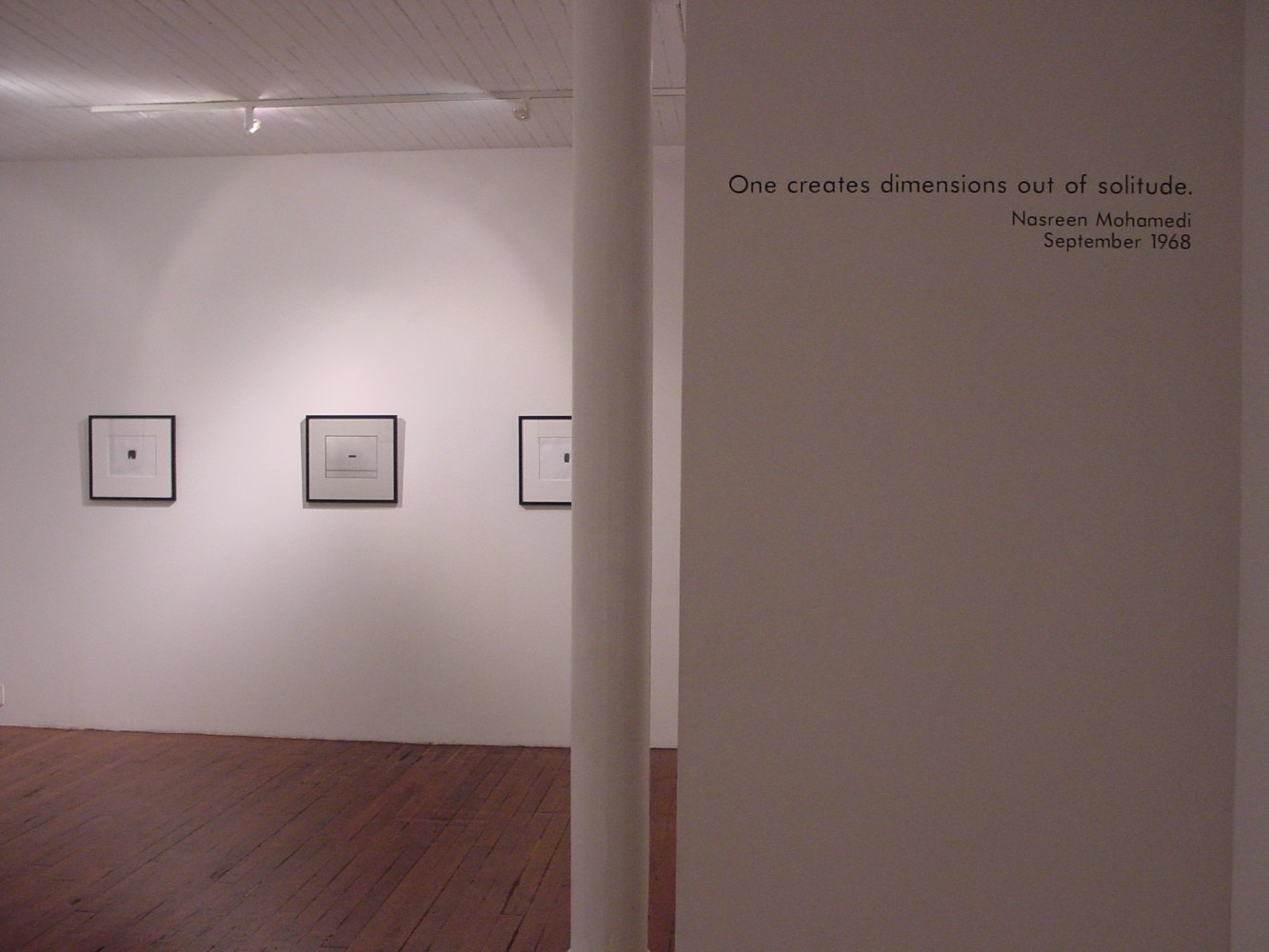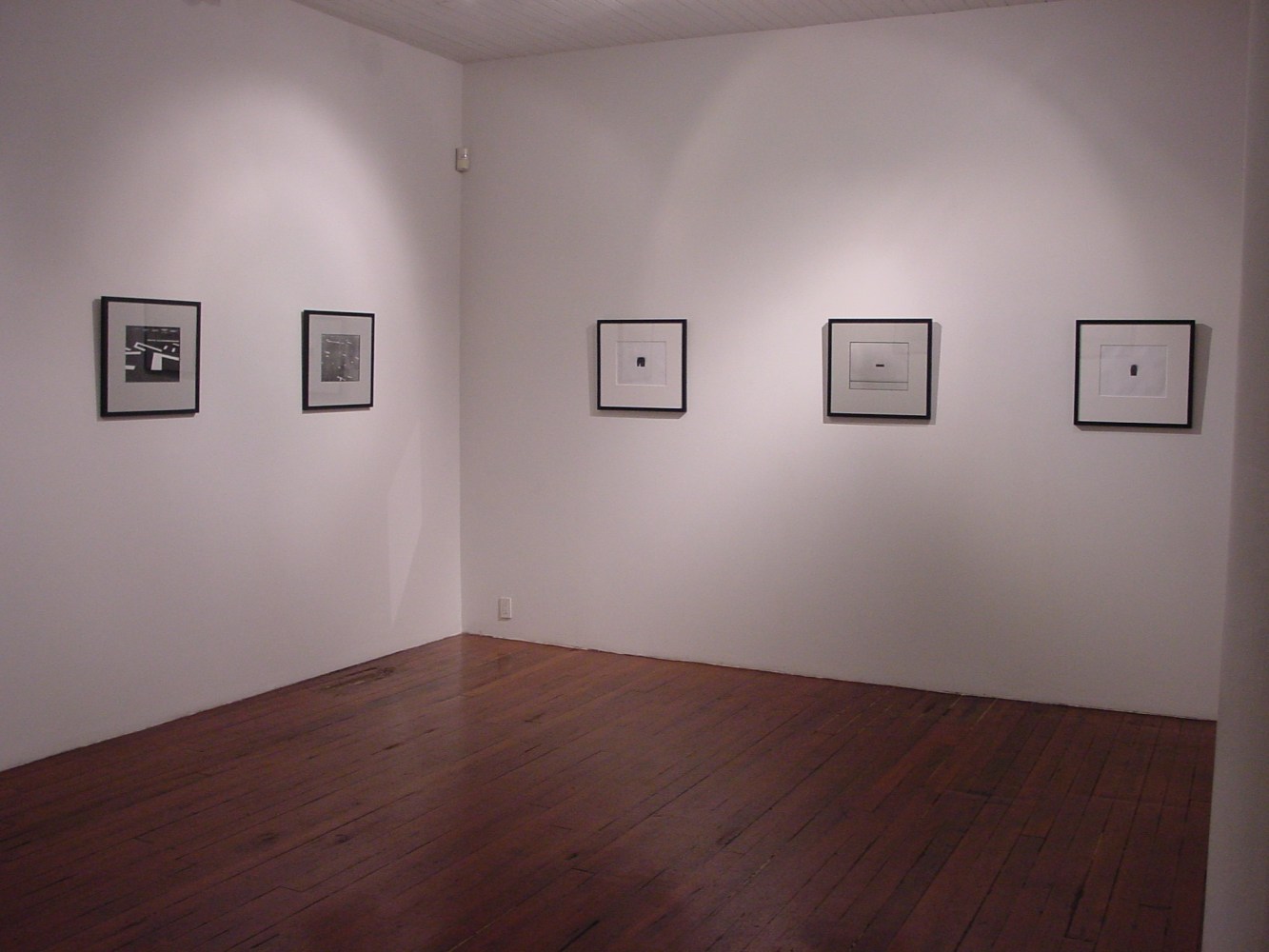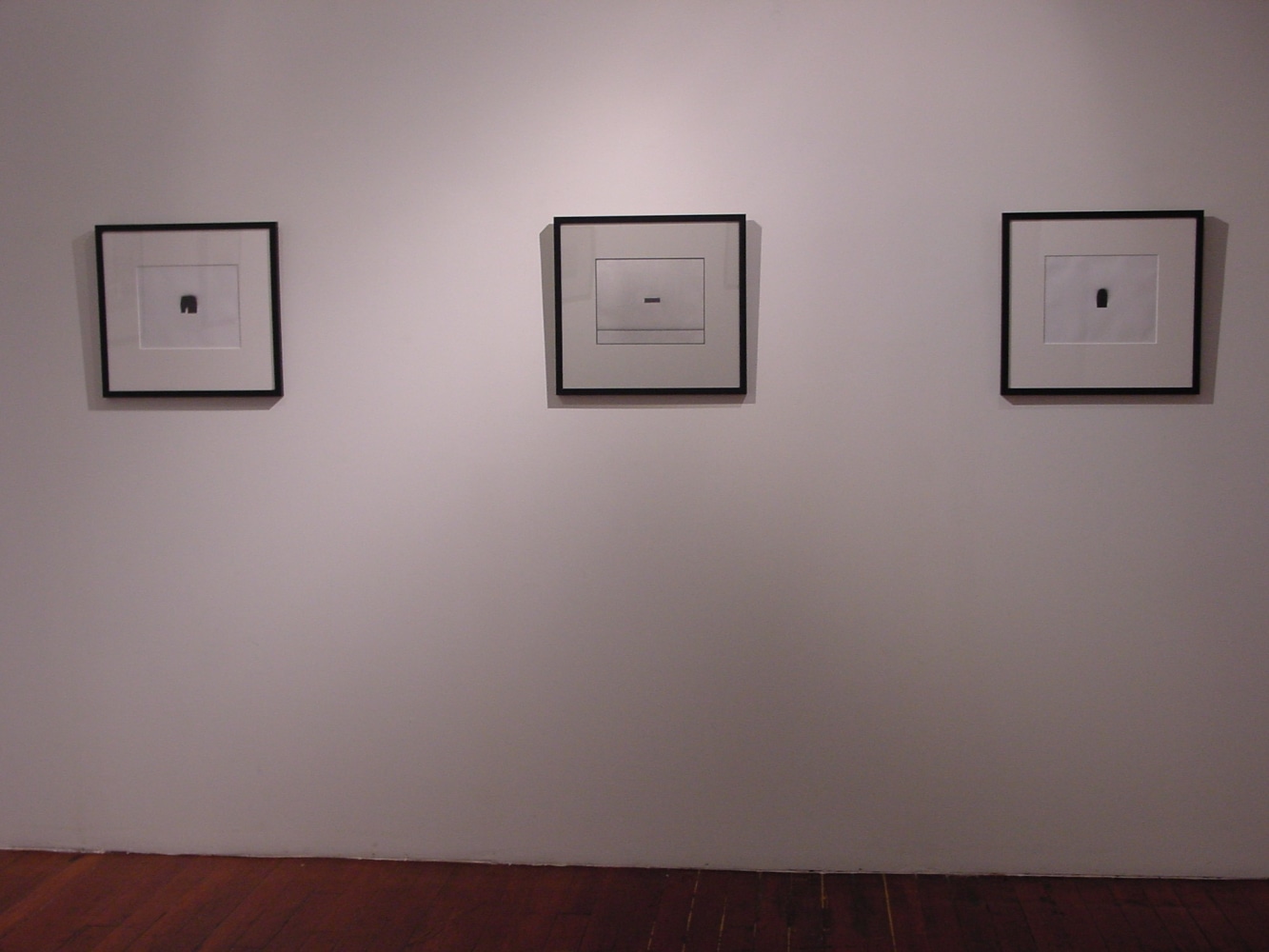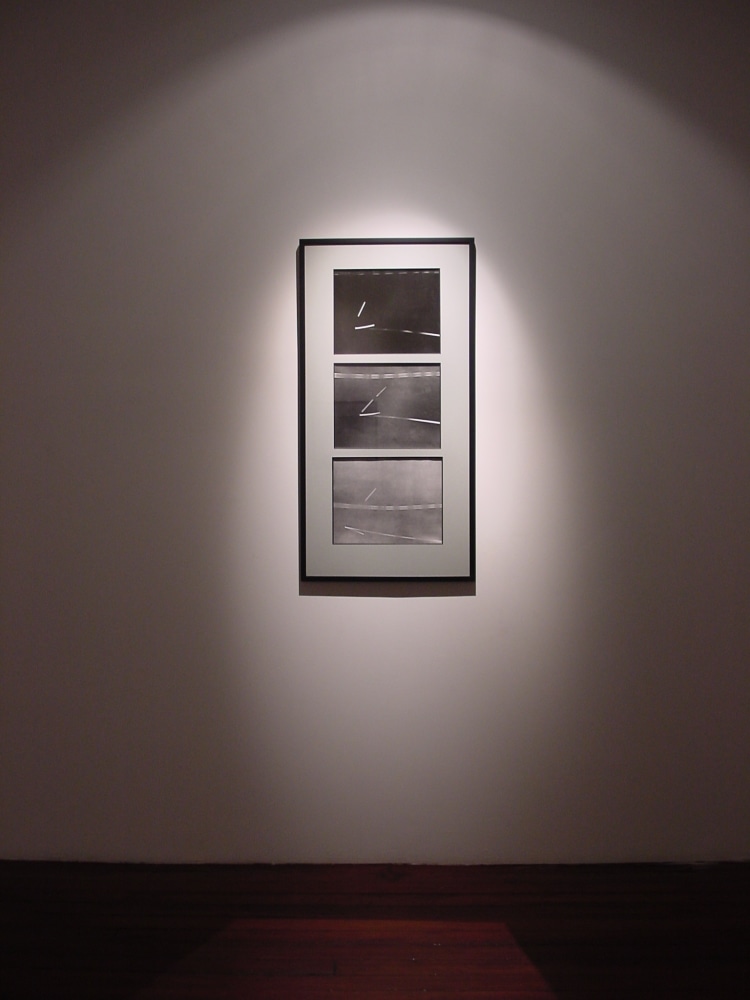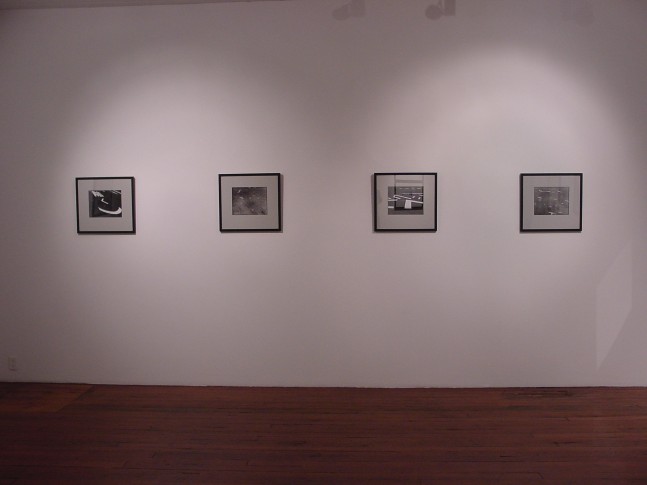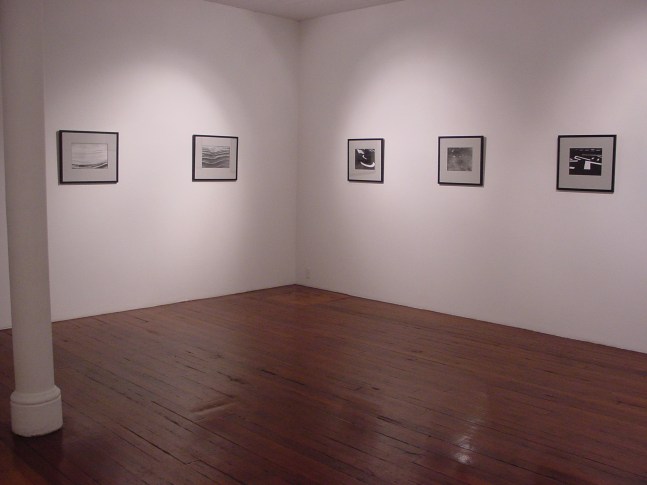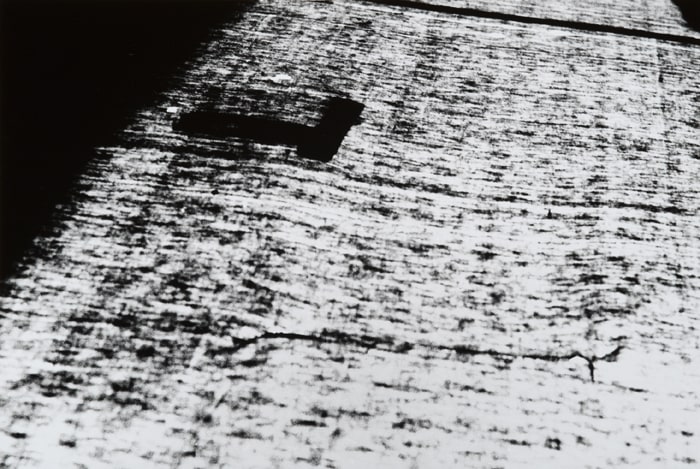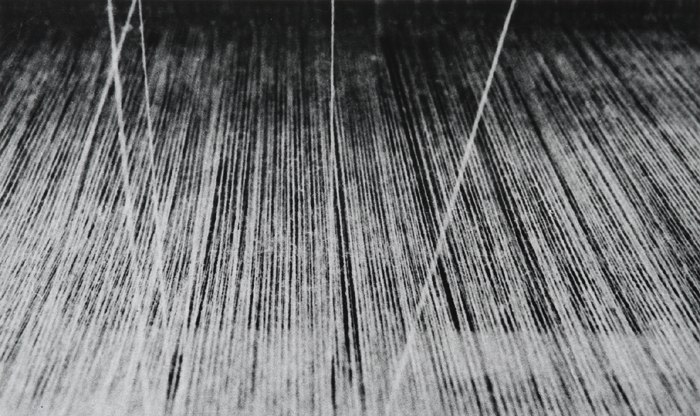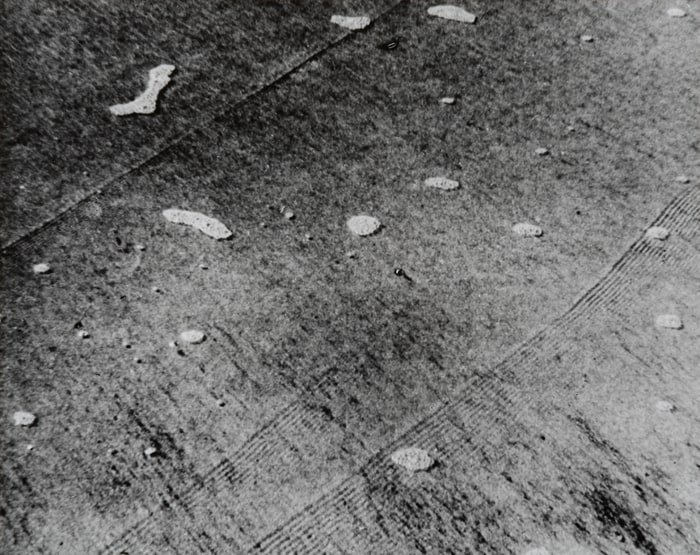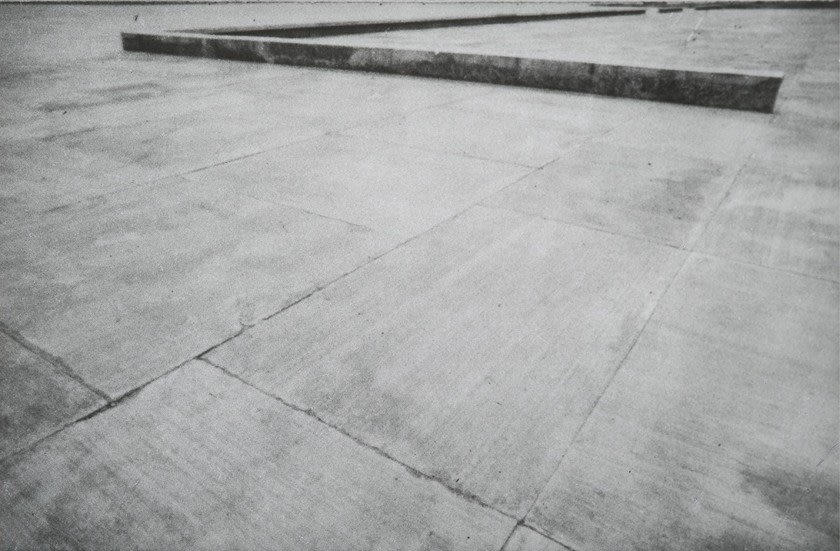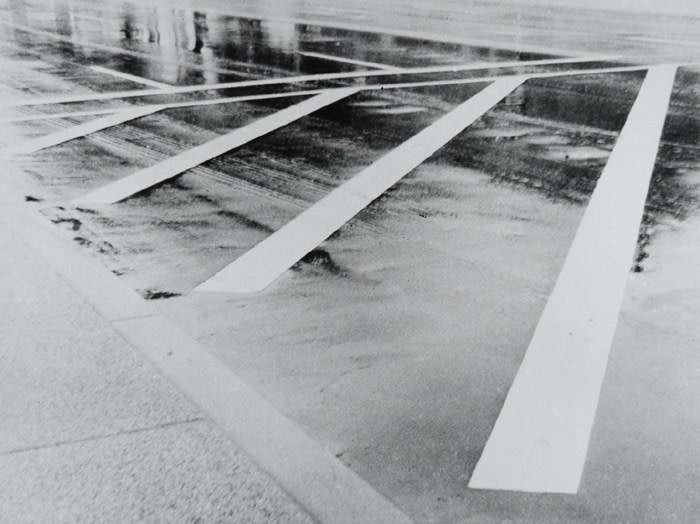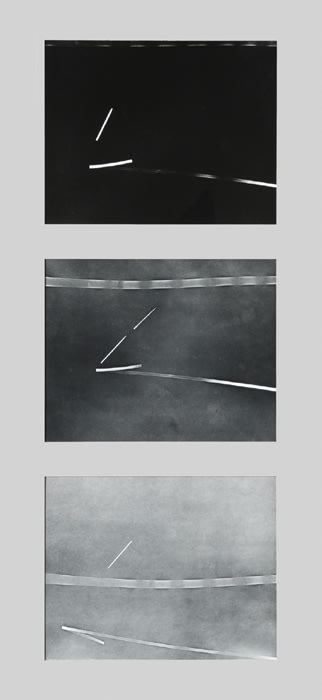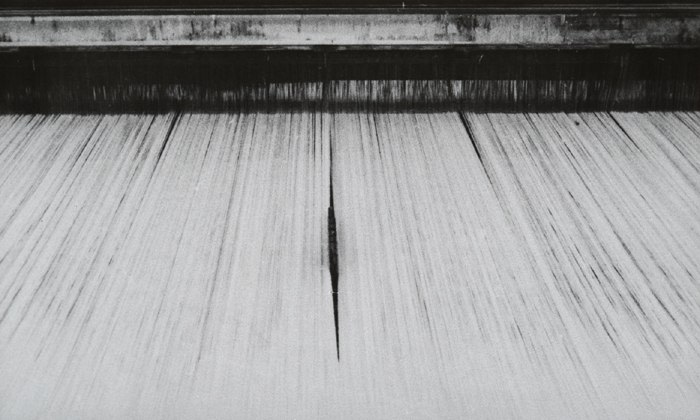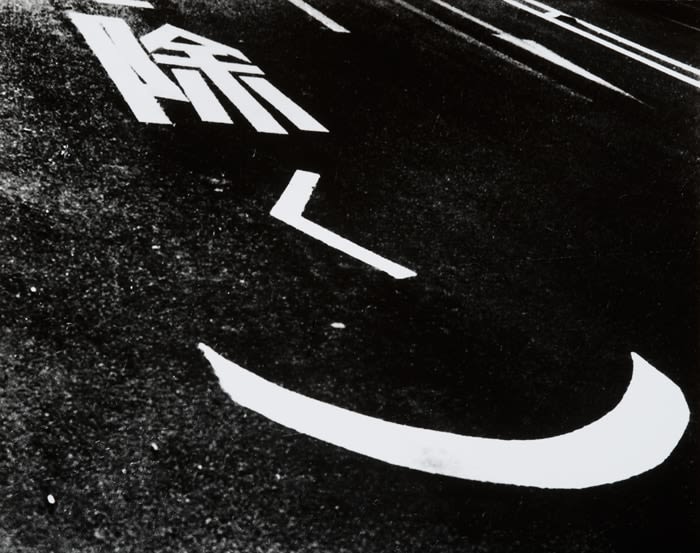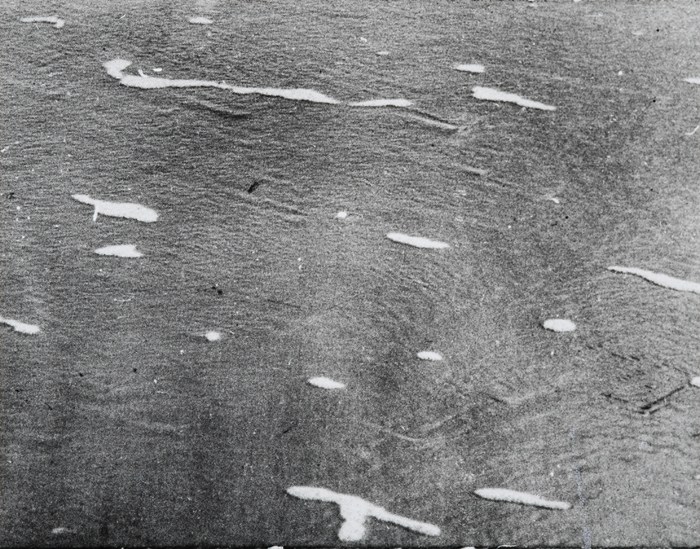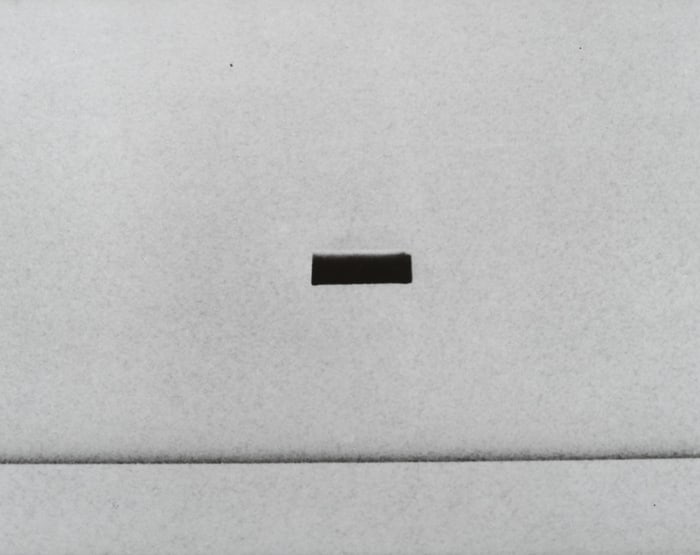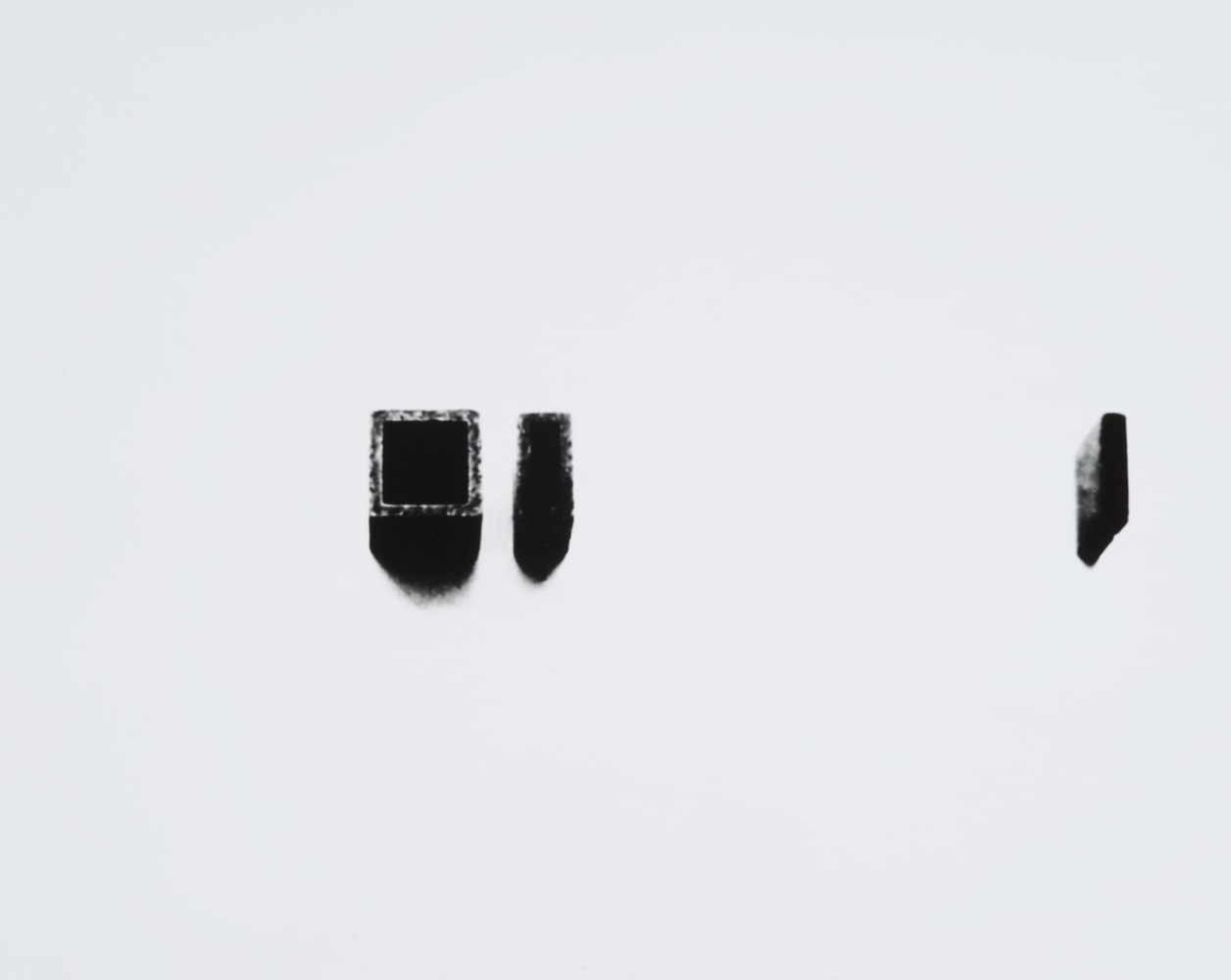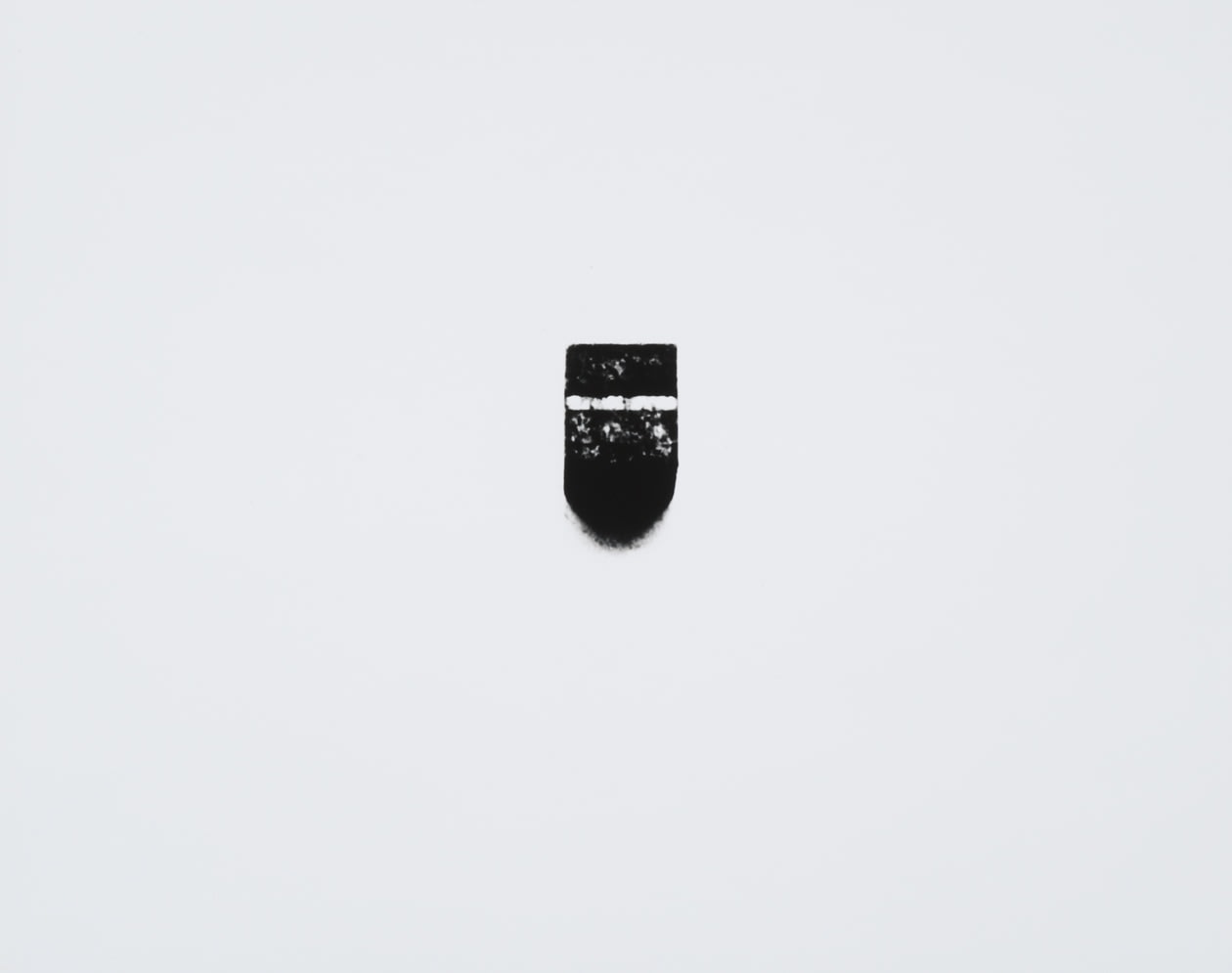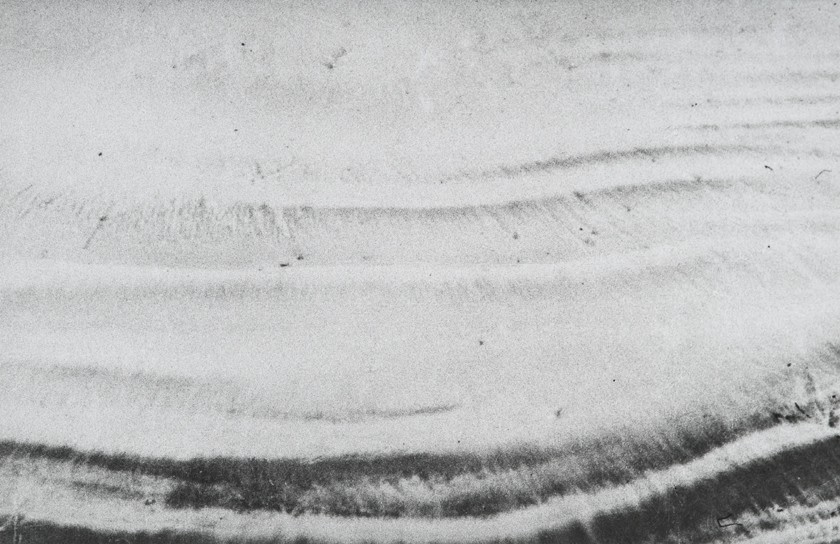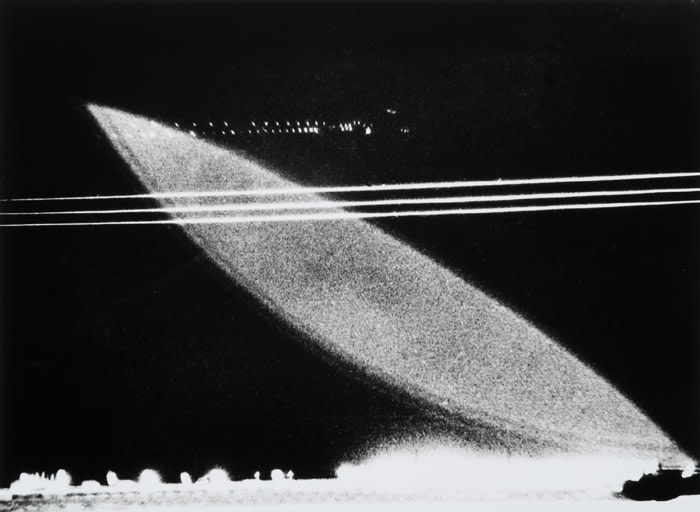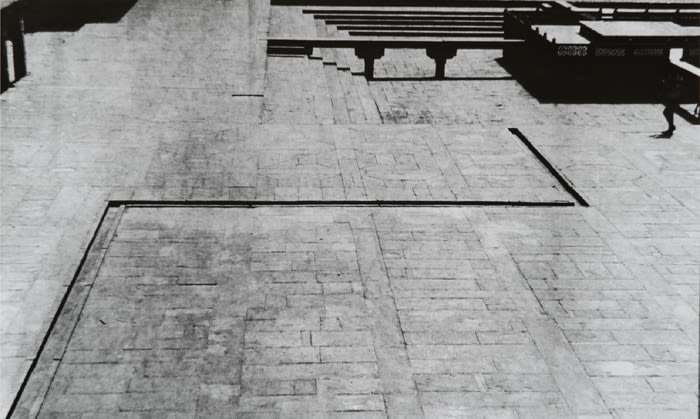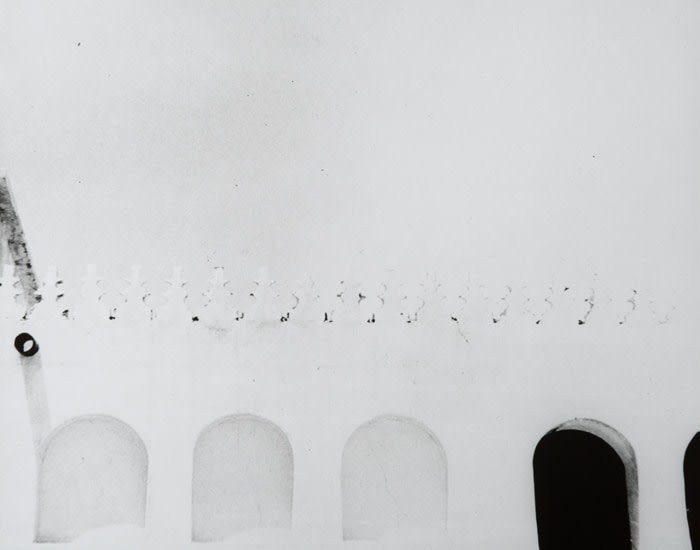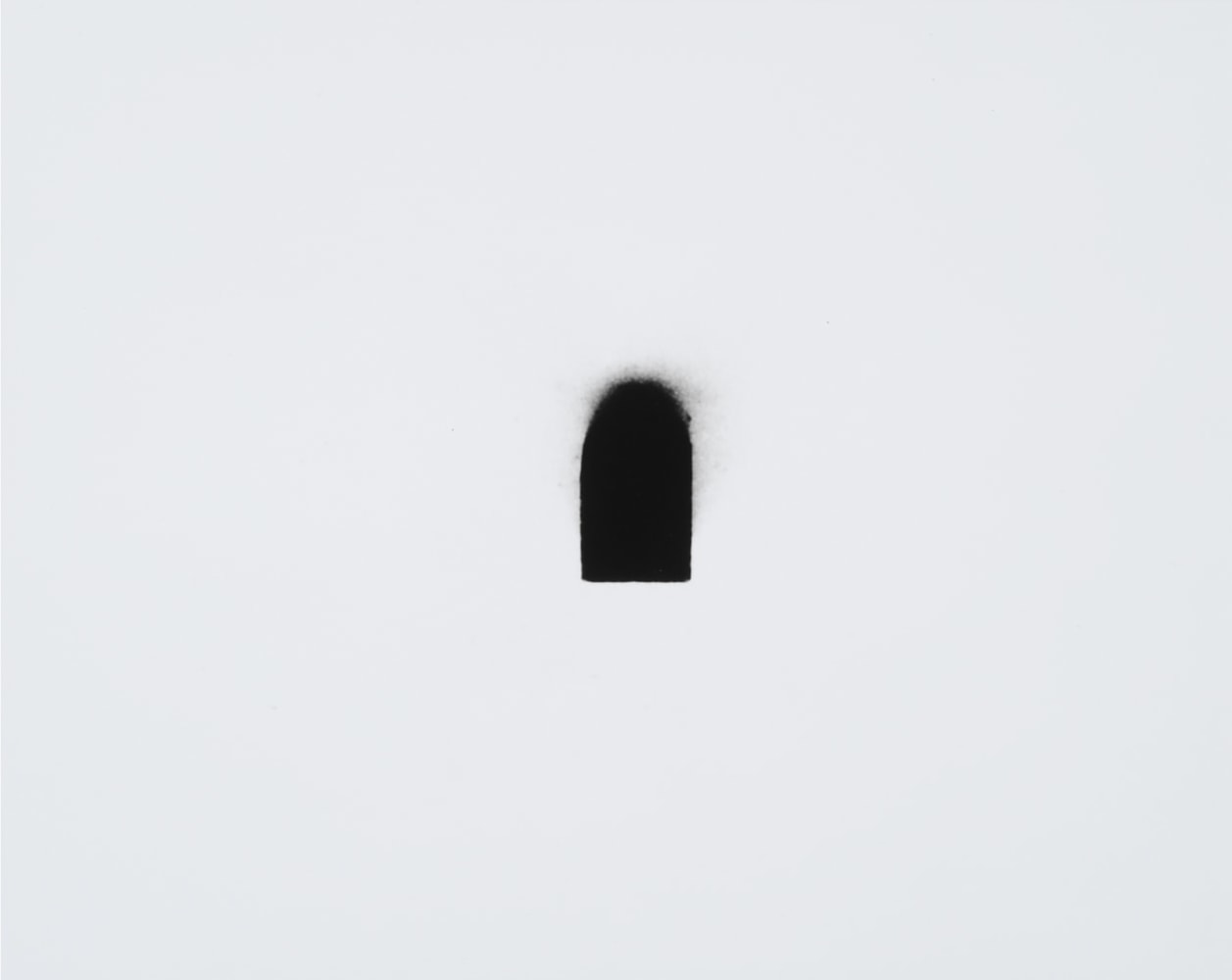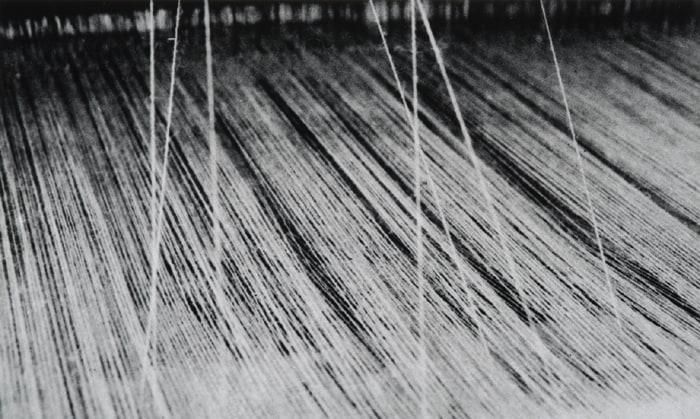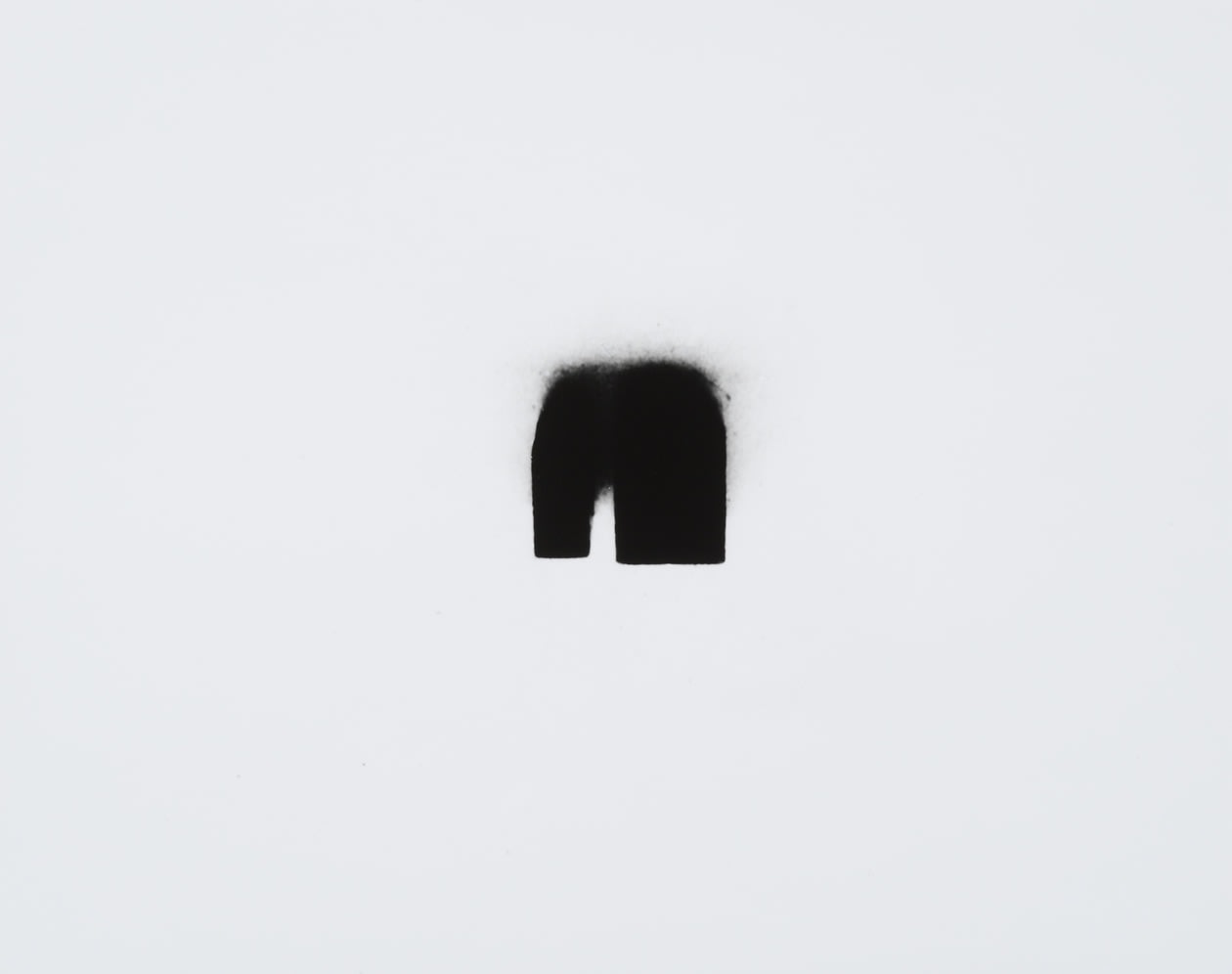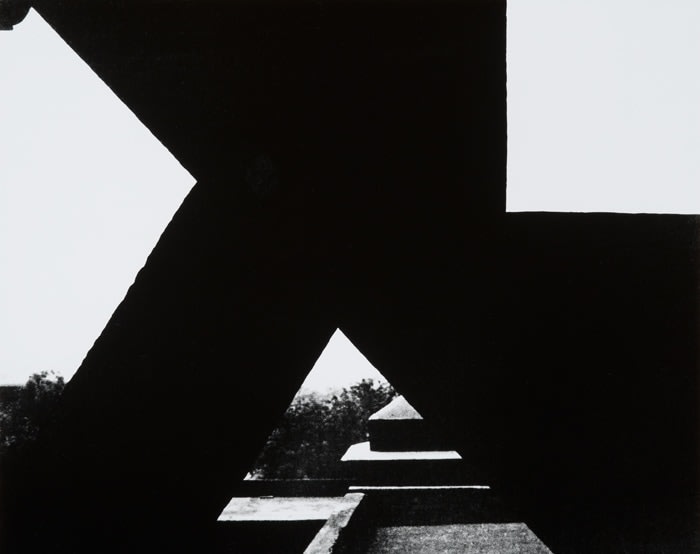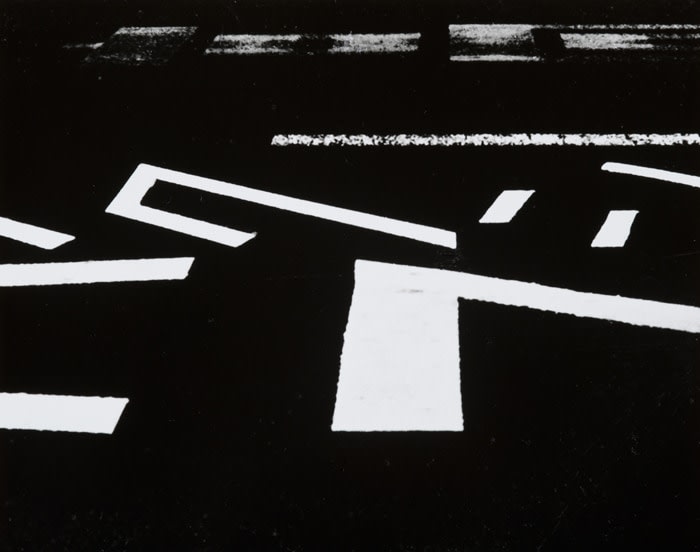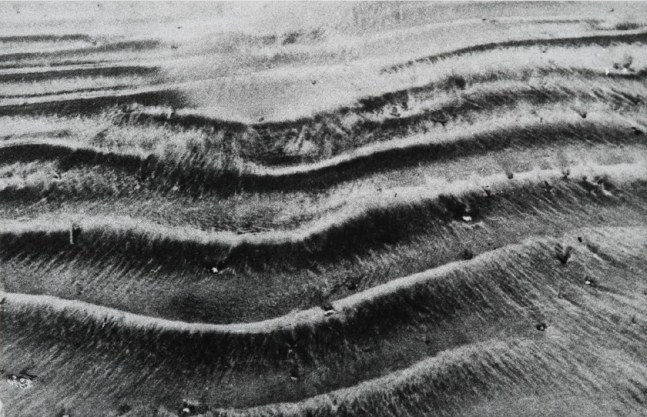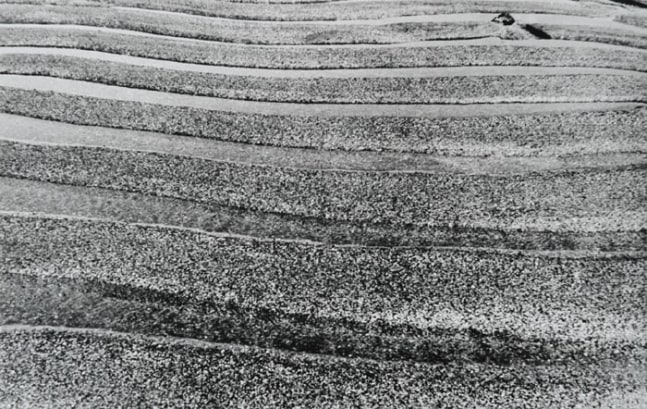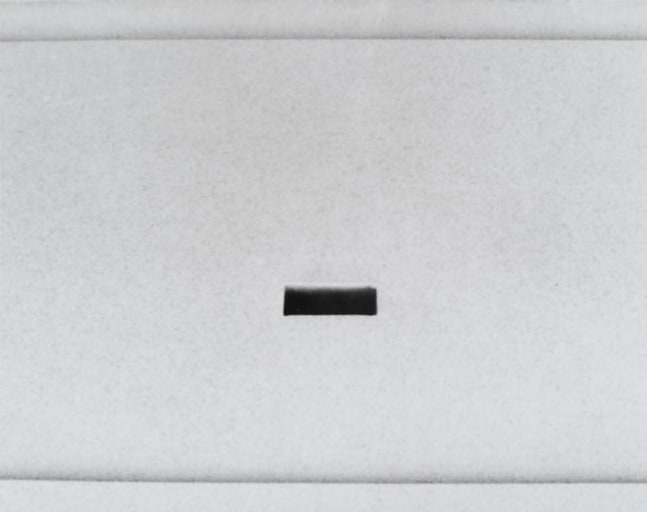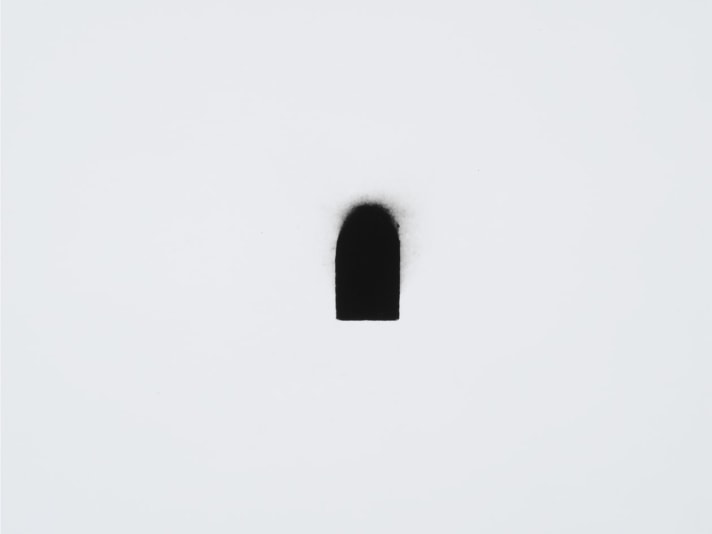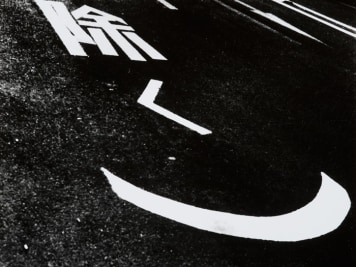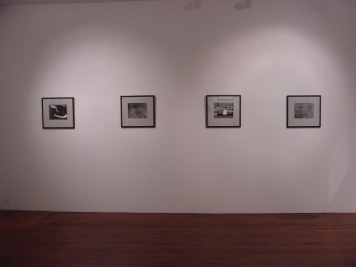
"...if people, especially young artists, knew about Mohamedi, they would love her the way they do Eva Hesse. But then, the whole story of modern Indian art, so rich and complex, is still barely acknowledged in New York, making galleries that specialize in it, like Talwar, invaluable additions to the city’s art culture."
Holland Cotter, The New York Times

Untitled, ca. 1970s
Black and white photograph
Framed: 47″ x 23.5″
Talwar Gallery is delighted to announce an exhibition of works of Nasreen Mohamedi. This is the artist’s first solo exhibition in the United States, featuring rare photographic works created by the artist from the early 1960s to the late seventies. These black and white photo works, from the artist’s collection, are being exhibited in their entirety for the first time. The shadowed lines of the steps in a Mughal courtyard, the patterns on a road in Japan, or the lines in the sand on a washed beach all explore the creation and consumption of form by light. Further investigations and experiments with light processing and imaging in certain works result in an unfamiliar yet dreamlike landscape.
Capturing the evanescent while distilling the monumental, Nasreen strove to find the essence of things, creating a unity of form and connecting life as a whole using a line. The apparent fragility and frugality of her work is in sharp contrast to the strength of the forms and the commitment to a vision. Despite the employment of formal structural geometry, Nasreen’s work is infused with perceptible sensuality and poetic elegance.
“I found them [Mohamedi’s Photographs] extraordinary. They hover between figuration and abstraction, and in many ways remind me of Ellsworth Kelly’s photography. But they came from a totally different cultural perspective and a part of the world whose modernist history I didn’t know...I also loved that her images are humble, not bombastic or big. It was something that really stayed with me—that a humble work can also seem monumental.
Later when I saw her drawings and paintings, they all seemed so rigorous, so radical. While they deal with seriality, repetition and abstraction, they are as far removed as possible from Minimalism. There is a system in them, but one directed by human decision, by mistake, by something extremely organic.
Like Mira Schendel, Mohamedi changed my understanding of modernism. Modernism is often thought of as starting somewhere in Europe, let’s say France—not to be biased at all—and then proceeding in a linear progression, from Dada and Cubism through Conceptual Art, Minimaliism, Pop. But then you have an artist whose work might parallel Ellsworth Kelly’s but who came from India and, further, who was a woman in India. And that is fascinating to me—that in an extremely patriarchal culture, this woman was doing such strong, important work.”
Philippe Vergne
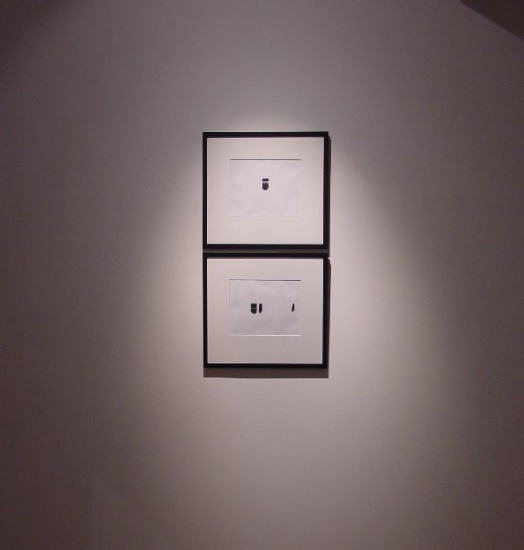
Untitled, ca. 1980s
Black and white photograph
9.4″ x 11.9″ (each of 2)
Nasreen Mohamedi’s life and work embodied simplicity, purity, and resolve. She is one of the rare Indian artists who, with minimal means and a sincere susceptibility to perception, created work that was in sharp variance with the figurative and expressionist painters that dominated the early decades of the post-independence Indian art milieu.
Nasreen Mohamedi was born in 1937 in Karachi, India and passed away in 1990 in Kihim, India. Since her first solo outside of India at Talwar, New York in 2003, Mohamedi has been featured in numerous museum exhibitions worldwide. Mohamedi has been the subject of solo presentations at The Metropolitan Museum of Art (MET Breuer), New York (2016); Museo Nacional Centro de Arte Reina Sofia, Madrid, Spain (2015); Tate, Liverpool, UK (2014); Kiran Nadar Museum of Art, India (2013) and The Drawing Center, New York (2005). Mohamedi’s works have also been on view at Museum of Modern Art (MoMA), New York, NY; Queensland Art Gallery, Brisbane, Australia; Documenta XII, Kassel, Germany; Museum of Contemporary Art, Los Angeles, CA; Hammer Museum, Los Angeles, CA; Harvard University Art Museum, Cambridge, MA; Institute of Arab and Islamic Art, NY; Fotomuseum, Winterthur, Switzerland; Walker Art Center, Minneapolis, MN; Philadelphia Museum of Art, PA; Nelson-Atkins Museum, Kansas City, MO; and Whitechapel Gallery, London
"As to Mohamedi herself, she broke essentialist ideas of what Indian art should look like, engaged with advanced international art of her day, and left a profoundly personal body of work..."
THE NEW YORK TIMES

